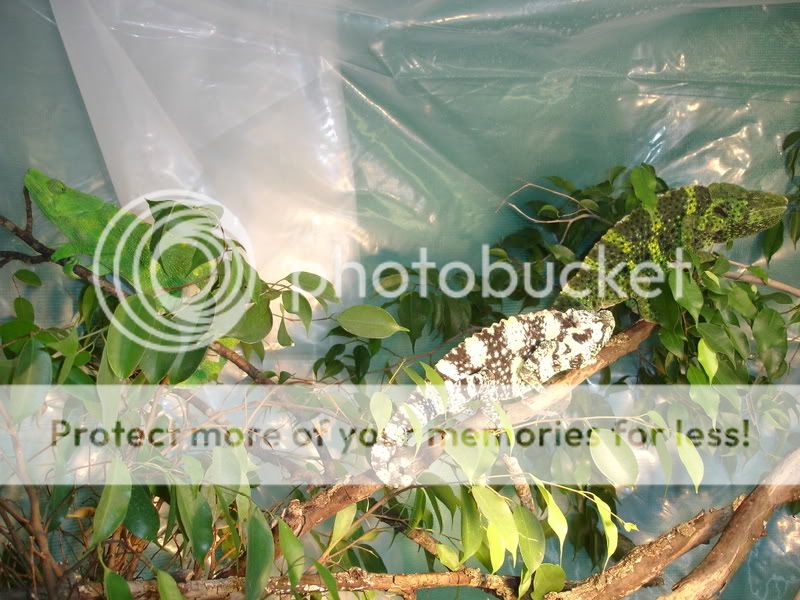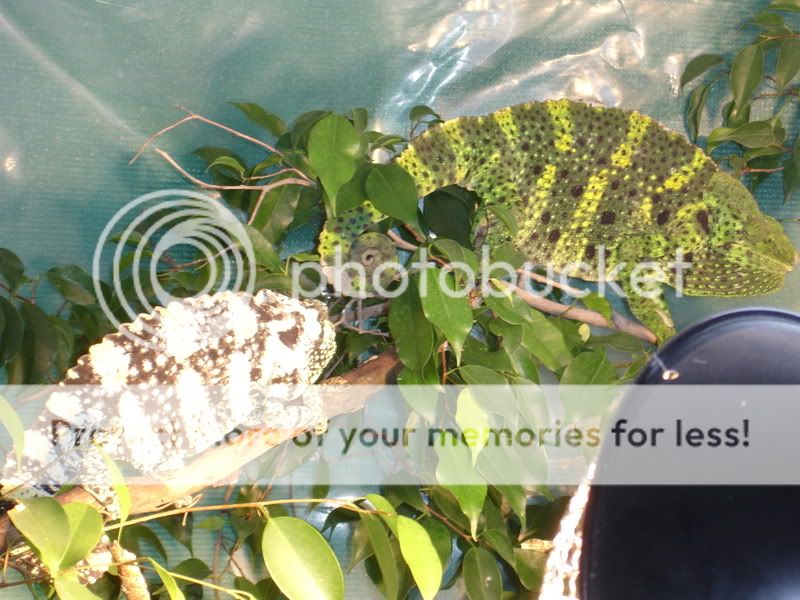studiocham
New Member
I took pix this morning that may help show the difference between the two pale breeding season colors. It's kind of a lousy pic otherwise; the male is really hard to photograph because he is shy. In general, breeding males wear yellow, black, and white. Gravid girls have very low % yellow, mostly gray, black, and white. There is a transition phase of about 2 weeks where they slowly lose their usual green and yellow (what you see here) after becoming gravid/breeding contact. Some go green again shortly before oviposition.
In other words, if you have a melleri showing high yellow with monochrome b/w, it's probably male... probably.
The female is coloring up gravid, in the foreground. The male in his breeding-season daily colors (which is less contrasting than his fired-up actively courting display).

Her creeping-in gravid color is paler from the dorsum down. Some love scratches are still barely evident a black pinpoints:

Bucket feeding, showing her greener ventral surfaces and limbs:

Back to work for me!
In other words, if you have a melleri showing high yellow with monochrome b/w, it's probably male... probably.
The female is coloring up gravid, in the foreground. The male in his breeding-season daily colors (which is less contrasting than his fired-up actively courting display).
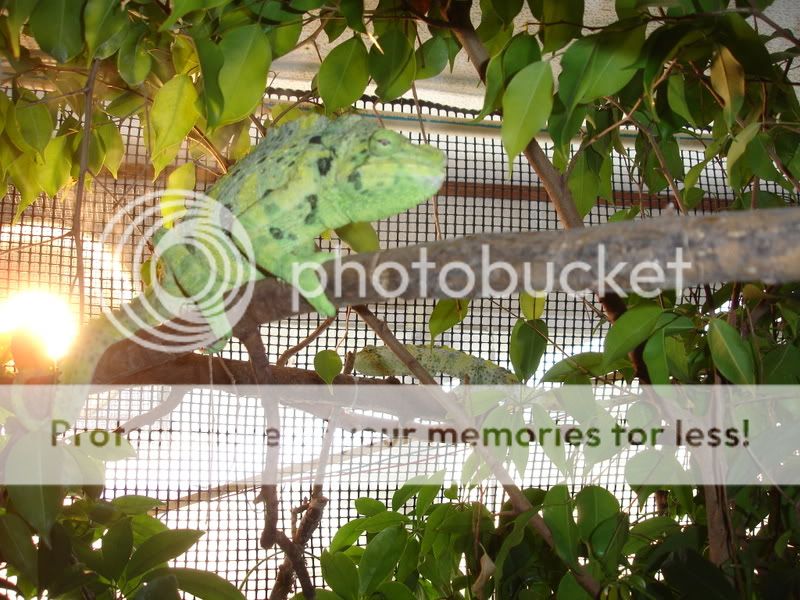
Her creeping-in gravid color is paler from the dorsum down. Some love scratches are still barely evident a black pinpoints:
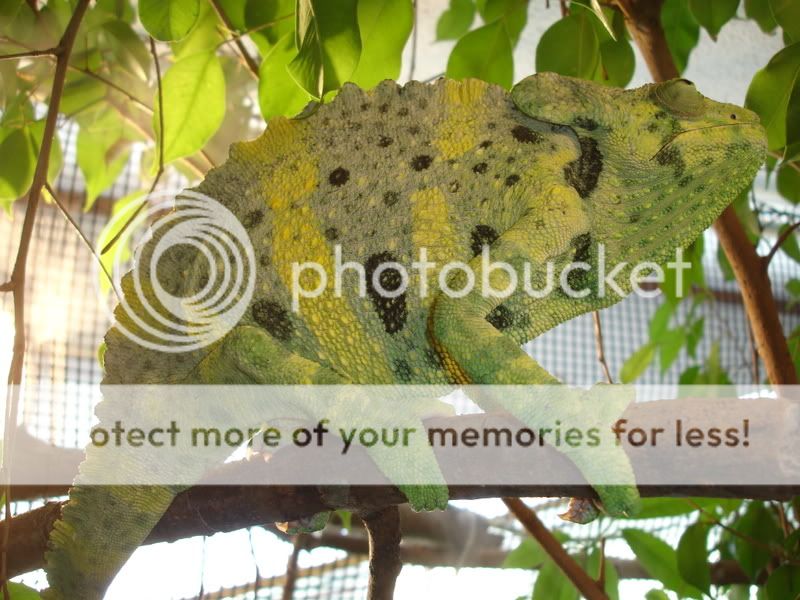
Bucket feeding, showing her greener ventral surfaces and limbs:
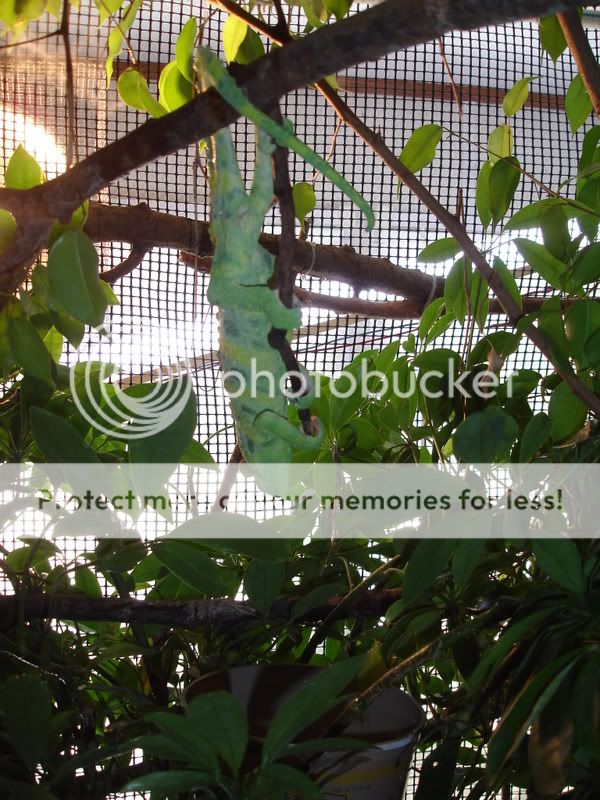
Back to work for me!


